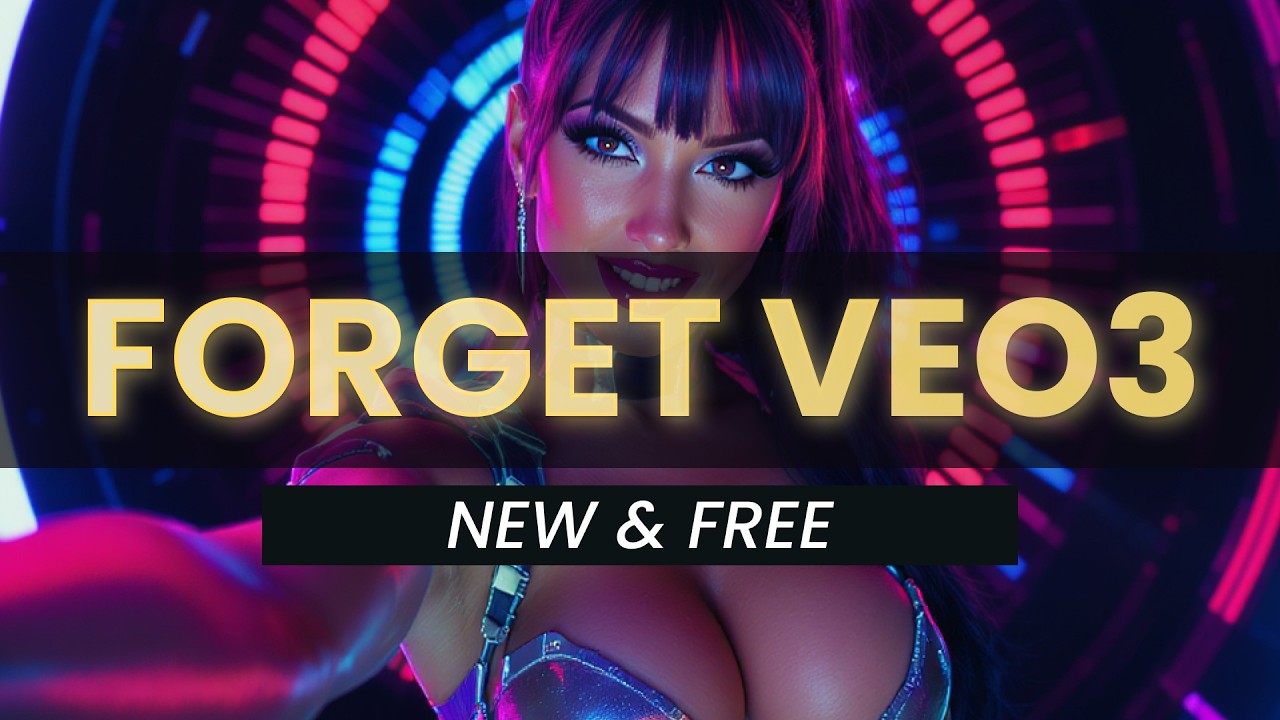The video reviews the emerging landscape of AI video models, highlighting the affordable and versatile open-source model Pussa, which offers impressive capabilities like text-to-video generation and multi-character interactions at a fraction of traditional training costs. It contrasts open-source tools with higher-quality closed-source alternatives, discusses ethical and copyright considerations, and showcases innovations like motion capture AI and AI design agents, emphasizing the trade-offs between cost, usability, and content control in AI video creation.
The video explores the rapidly advancing field of open-source AI video models, highlighting a new model called Pussa, which is notable for its low training cost of just $500 compared to previous models that cost up to $100,000. Pussa builds upon the earlier WAN model and offers significant improvements in speed—running five times faster—and versatility, including text-to-video capabilities and the ability to generate complex scenes beyond simple talking heads. The video showcases various examples generated by Pussa, such as meditative monks, animals, and dynamic action shots, noting both its impressive realism and some limitations like occasional unnatural movements and oversaturated visuals.
One of the key advantages of open-source AI video models like Pussa is the ability to run them locally for free, making extended video creation more accessible and affordable. The video compares Pussa’s output with other top-tier closed-source models like Halo Miniax and Midjourney, acknowledging that while closed-source models often produce higher-quality visuals and more natural aesthetics, Pussa holds its own remarkably well given its open-source nature and cost-effectiveness. The video also introduces Love Art, an AI design agent that generates comprehensive branding kits and multimedia content from simple prompts, emphasizing its potential for designers and creative professionals.
The video further delves into multi-person conversational AI video models, such as Multi-Talk, which enable realistic lip-syncing and interaction between multiple characters based on audio inputs. This technology, also emerging from Chinese research teams, represents a significant leap in creating complex, multi-character AI videos that can be run on relatively modest hardware. Additionally, the video highlights Runway’s ACT 2, a powerful motion capture AI platform that allows users to overlay new scenes onto existing videos with improved hand and body tracking, already being adopted by major studios like Netflix to reduce production costs and speed up special effects workflows.
Ethical and copyright concerns surrounding AI-generated content are also discussed, with Moon Valley presented as a notable example of a company addressing these issues by training their AI models exclusively on fully licensed content. Moon Valley’s model offers high-quality, commercially safe AI video generation with impressive motion accuracy and cinematographic detail. The video contrasts the user experience of open-source tools, which can be complex and unintuitive, with closed-source platforms that often provide smoother, more polished interfaces, highlighting the trade-offs between cost, usability, censorship, and data privacy across different AI video solutions.
In conclusion, the video emphasizes the dynamic and rapidly evolving landscape of AI video technology, where open-source models like Pussa are pushing boundaries in affordability and capability, while closed-source models continue to refine quality and user experience. It encourages viewers to consider their priorities—whether cost, ease of use, censorship, or ethical considerations—when choosing AI video tools. The video ends by inviting viewers to explore related content on AI video censorship and thanking them for watching.
